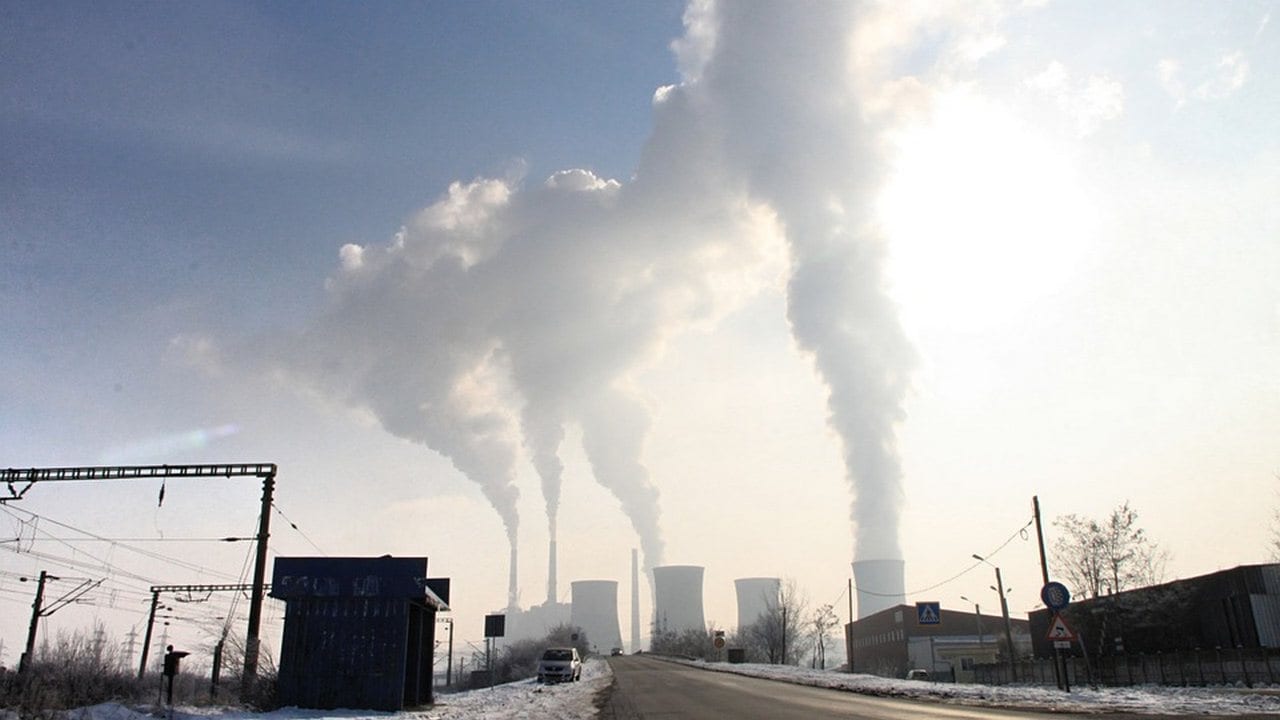Research recommends that imposing fees on energy producers that emit greenhouse gas can improve the health and financial well-being of the Rocky Mountain region. Mortality rates continue to improve under a scenario where fees are imposed on producers of greenhouse gas, along with an additional economic benefit of $ 200 million. Using sophisticated modelling programmes that can project atmospheric concentrations of ozone, a ground-level pollutant, by considering factors like current emissions from power plants, weather trends and changes in energy production, the team compared the effects of four scenarios on the Rocky Mountain region of 2030. Their findings were recently published in the journal of ‘Environmental Science and Technology.’ [caption id=“attachment_7099431” align=“alignnone” width=“1280”] The Rocky Mountains. Image credit: Wikipedia[/caption] “Opportunities to produce power through newly accessible oil and gas as well as renewable resources have increased rapidly in the Rocky Mountain region, which has a growing population. The region needs more electricity and has choices about how to produce it,” said one of the researchers of the study Shannon Capps. The first is a baseline scenario in which current transitions away from coal energy and toward natural gas, including the planned closing of several coal plants and the creation of new natural gas extraction sites, are taken into consideration. Two scenarios consider the effects of changes in the cost of energy production from natural gas either that it will be more expensive to produce than coal or that it will continue to be less expensive. The final scenario considers the possibility of fees being imposed on the producers of greenhouse gas a policy that has been proposed by the previous administration’s Clean Power Plan and proponents of the Green New Deal. The group used recent results from energy grid modelling under the different scenarios to calculate realistic emissions of greenhouse gases carbon dioxide and methane — sulfur dioxide, nitrogen oxides, volatile organic compounds (VOCs) for atmospheric modelling programs that determine the associated amount of ozone. [caption id=“attachment_7099461” align=“alignnone” width=“1280”]
 Emissions coming from industries. Image credit: Maxpixel[/caption] The team then employed a tool created by the Environmental Protection Agency to determine how the ozone in each scenario would affect the health of people in the region and also calculated the social costs of the associated greenhouse gas emissions. Their research predicts that in all scenarios, other than the one in which natural gas production becomes less costly, greenhouse gas emissions would be reduced following the closure of plants whether by planned retirement in the 2030 baseline scenario or as a cost-saving measure in the “expensive gas” and “greenhouse gas fees” scenarios. Conversely, if gas prices were to fall resulting in greater use of it, and increased emissions, the model predicts a spike in mortality rate that correlates to an $80 million reduction in the economic gains expected by 2030. The study highlighted the difficult decisions facing policymakers when it comes to sourcing energy. For example, while shifting away from coal consumption toward natural gas and oil reduces carbon dioxide emissions, those benefits are offset by an increase in methane, sulfur dioxide and VOCs associated with the extraction and use of those sources. A policy that puts fees on greenhouse gas-emitting energy producers could be met with opposition, but it could also drive market forces toward greater use of energy from renewable sources like wind and solar, which are abundant in the region with the co-benefit of reducing emissions from gas and oil operations.
Emissions coming from industries. Image credit: Maxpixel[/caption] The team then employed a tool created by the Environmental Protection Agency to determine how the ozone in each scenario would affect the health of people in the region and also calculated the social costs of the associated greenhouse gas emissions. Their research predicts that in all scenarios, other than the one in which natural gas production becomes less costly, greenhouse gas emissions would be reduced following the closure of plants whether by planned retirement in the 2030 baseline scenario or as a cost-saving measure in the “expensive gas” and “greenhouse gas fees” scenarios. Conversely, if gas prices were to fall resulting in greater use of it, and increased emissions, the model predicts a spike in mortality rate that correlates to an $80 million reduction in the economic gains expected by 2030. The study highlighted the difficult decisions facing policymakers when it comes to sourcing energy. For example, while shifting away from coal consumption toward natural gas and oil reduces carbon dioxide emissions, those benefits are offset by an increase in methane, sulfur dioxide and VOCs associated with the extraction and use of those sources. A policy that puts fees on greenhouse gas-emitting energy producers could be met with opposition, but it could also drive market forces toward greater use of energy from renewable sources like wind and solar, which are abundant in the region with the co-benefit of reducing emissions from gas and oil operations.
This policy has been proposed by the previous administration’s Clean Power Plan and proponents of the Green New Deal.
Advertisement
End of Article


)
)
)
)
)
)
)
)
)



